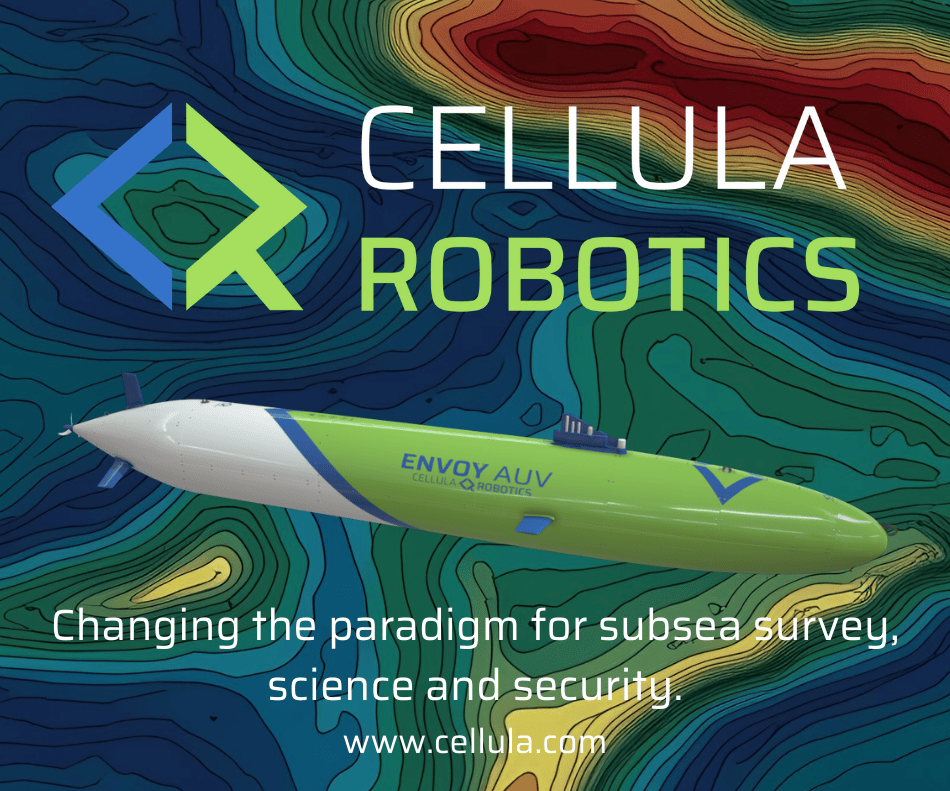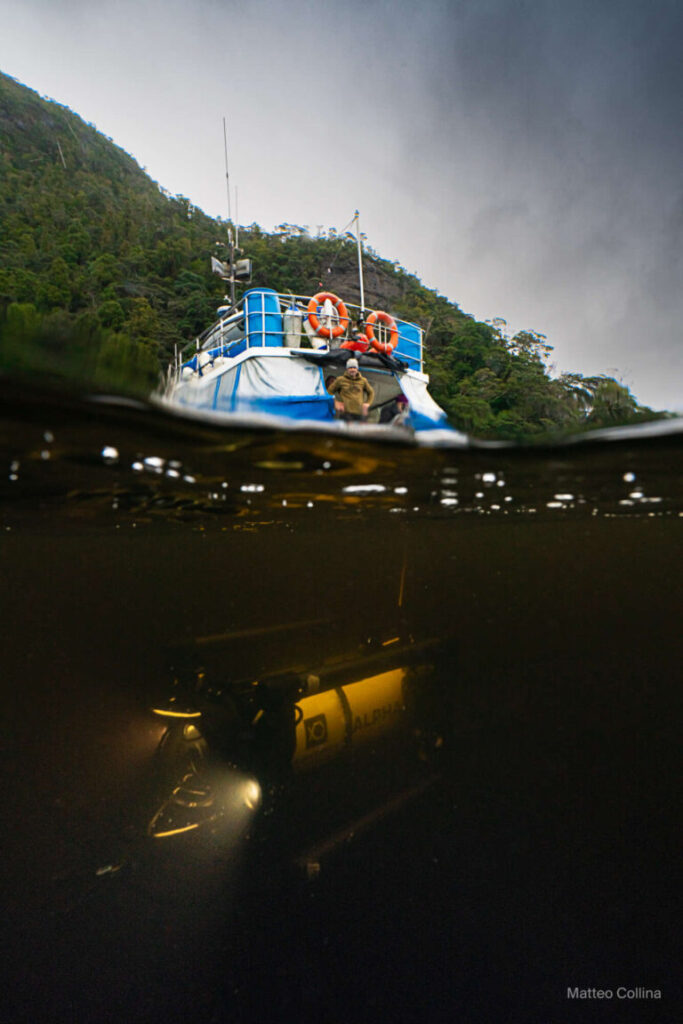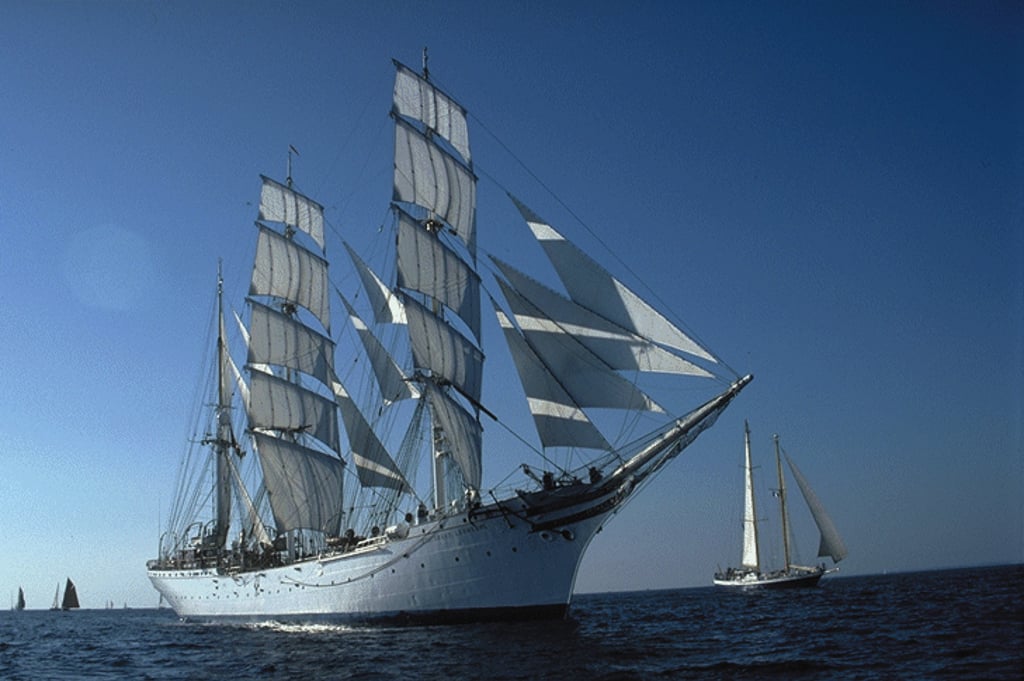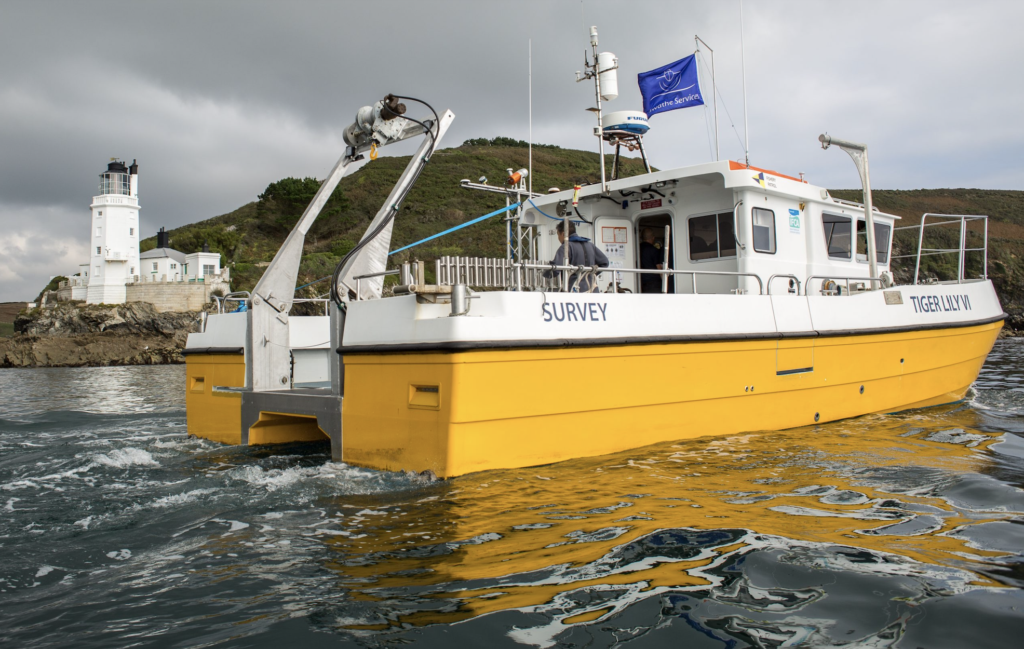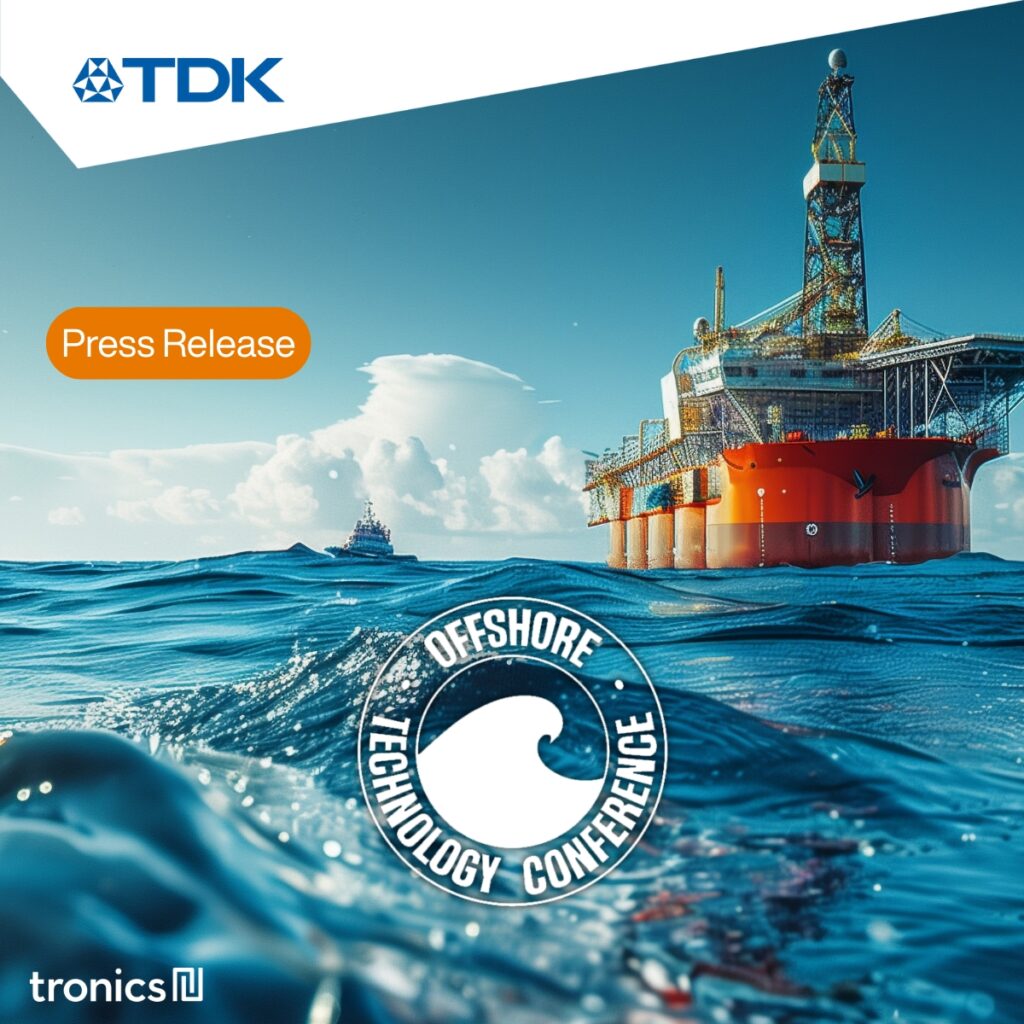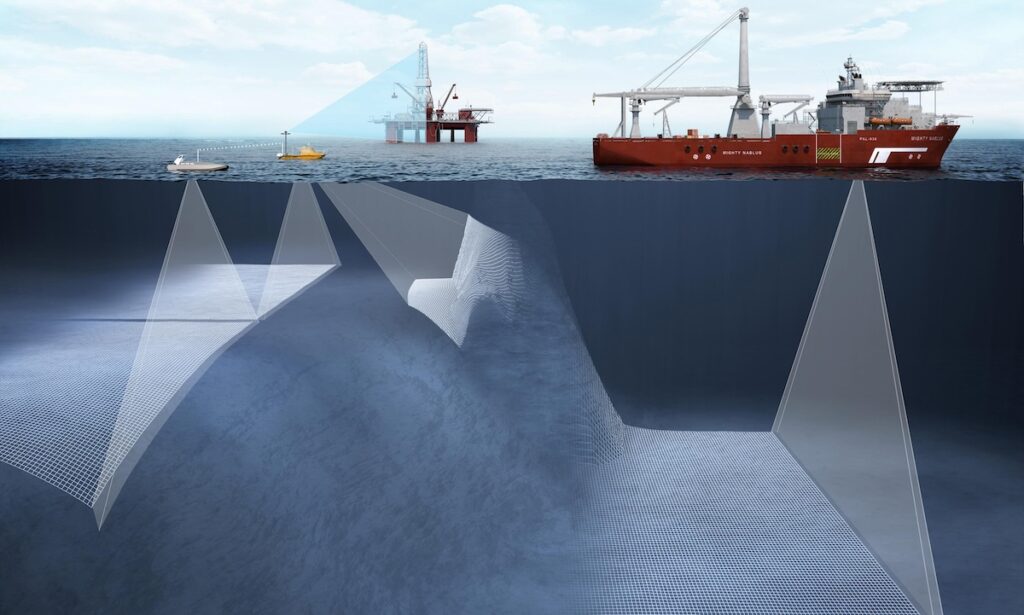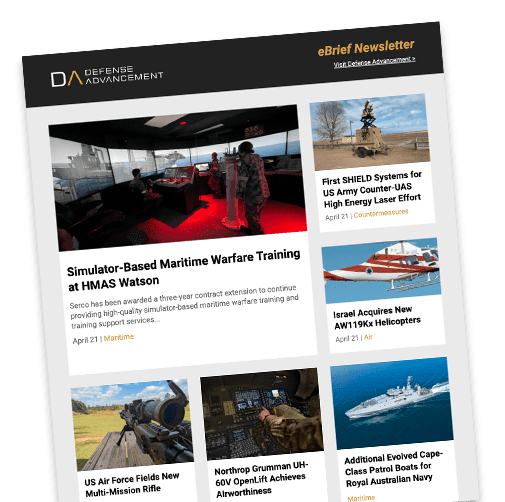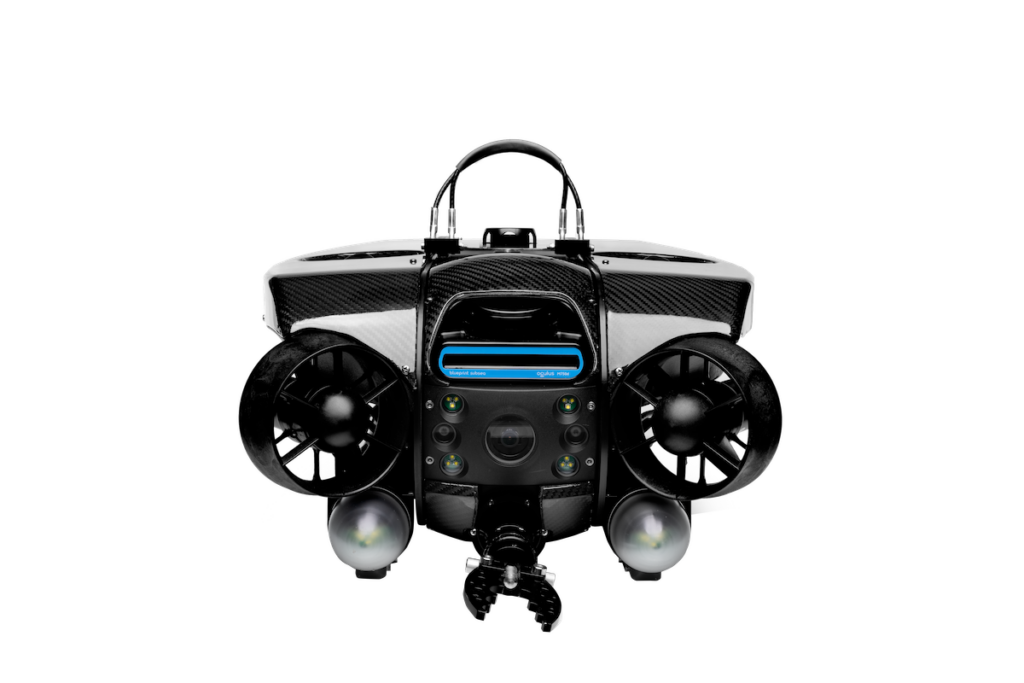
Aquaculture ROV
Discover cutting-edge solutions from 7 leading global suppliers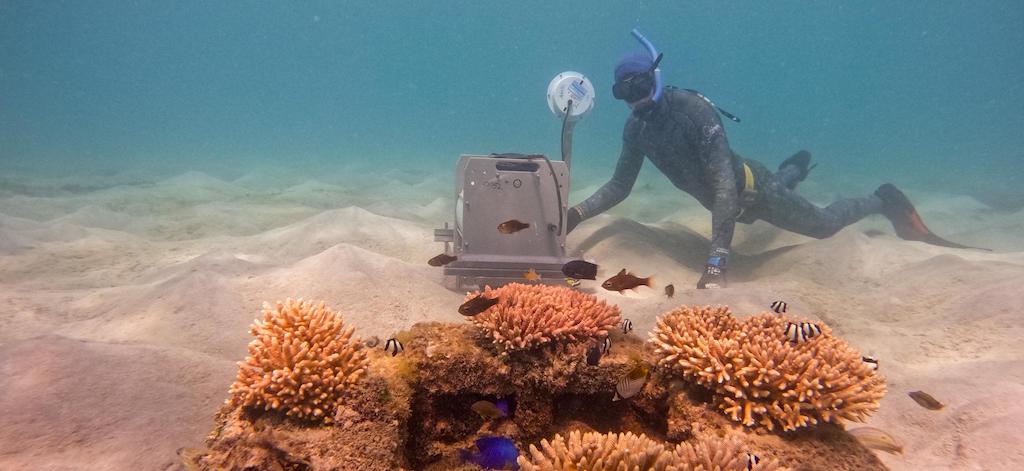
The vast range of sounds made by marine wildlife at coral reefs are being investigated at Lizard Island in the northern Great Barrier Reef this summer in the hopes of boosting reef recovery and resilience.
Known as Reef Song, the project led by the Australian Institute of Marine Science (AIMS) is investigating whether playing the grunts, hoots, clicks and pops of fish and invertebrates at degraded reefs will attract baby fish and help turn them into thriving coral reefs again.
The scientists have conducted several experiments at Ningaloo Reef in Western Australia and are now applying their work to the Great Barrier Reef.
AIMS project lead Dr Rohan Brooker said that because coral reefs are threatened by climate change-driven marine heatwaves, developing innovative solutions that could boost the health and growth of corals following disturbances was essential; “We have found evidence that fish can help speed the growth of corals in recovery periods between disturbances, so we are investigating that relationship and figuring out ways we can enhance it.
“One way is by directly stocking reefs with the larval and juvenile fishes we collect. We know that fish and corals have a mutually beneficial relationship. Corals provide fishes with food and habitat, while fish provide corals with cleaning services clearing the way for baby corals to settle, and their poo could fertilise corals, boosting their growth.”
AIMS acoustic scientist Dr Miles Parsons said the team is also investigating whether playing the sounds of a healthy reef at a degraded one will lure more fish larvae; “Fish larvae are in the ocean listening out for the sounds of healthy reefs because they want to find a good coral reef with lots of food and shelter to settle on.
“Our work is investigating different reef soundscapes and their success at attracting fish larvae, and then measuring how the corals grow.”
Last summer, the Reef Song team and their collaborators set up 60 ‘patch reefs’ around Lizard Island to act as experimental sites for a number of different studies. The scientists returned again this summer to measure coral growth on the patch reefs, take fish surveys and re-stock some of the patch reefs with baby fish.
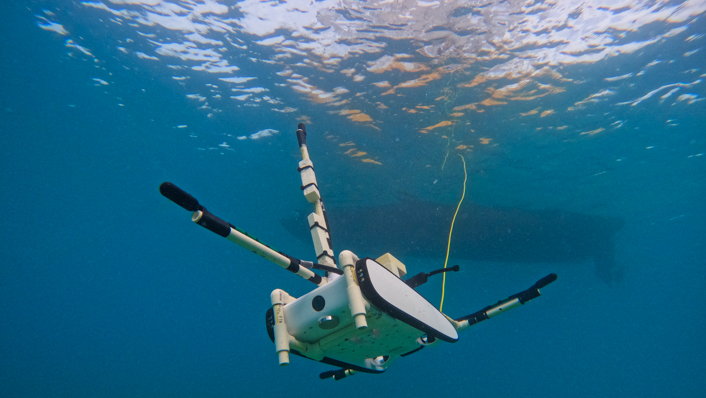
The scientists will also be recording the sounds being made on the patch reefs and identifying the sources of those sounds. In addition, the researchers will operate a small Remote Operated Vehicle (ROV) around the natural reefs of Lizard Island to search for unusual fish sounds to investigate further.
AIMS researchers were joined on Lizard Island this season by collaborators from Exeter and Bristol Universities in the United Kingdom, Curtin University and The University of Western Australia. Scientists from the National Oceanic and Atmospheric Administration (NOAA) from the United States also joined the team to explore the unusual types of sounds produced by different fishes and the importance of invertebrate behavioural patterns to the local soundscapes.
Reef Song is one of two projects under the Australian Coral Reef Resilience Initiative (ACRRI), which is jointly funded by AIMS and BHP. ACRRI takes a unique, whole of ecosystem approach to developing methods to improve the resilience of coral reefs affected by climate change.
The other ACRRI project – the Woppaburra Coral Project – is investigating the latest coral seeding techniques at the Keppel Islands in the Southern Great Barrier Reef.


